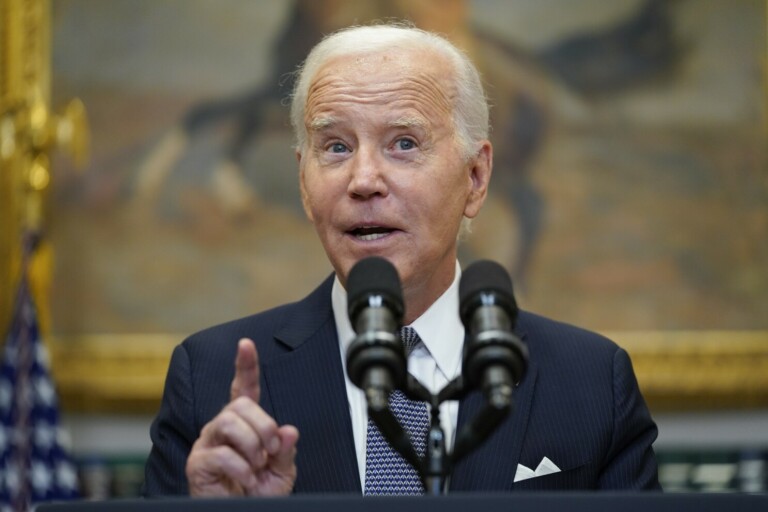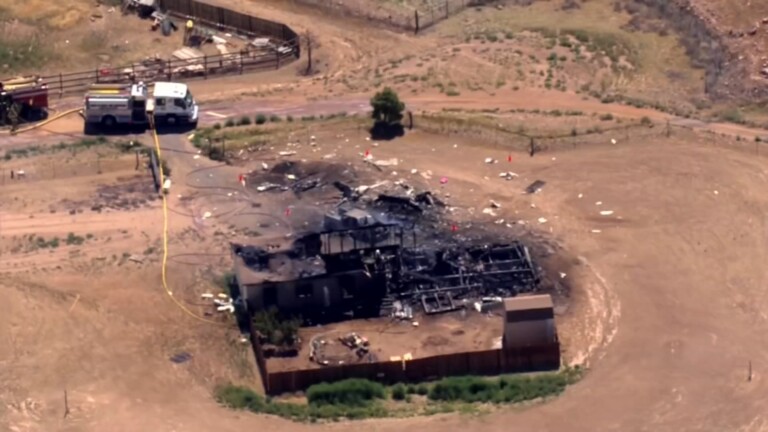Nuclear power has been a source of electricity in the United States for more than 60 years. The first nuclear power plant in the U.S. was the Experimental Breeder Reactor I in Idaho, which started up in 1951.
The Atomic Energy Act of 1954 established a regulatory framework for the development of nuclear power, and in 1957 the Shippingport Atomic Power Station in Pennsylvania became the first commercial nuclear power plant in the world.
The early years of nuclear power in the United States were marked by significant growth. During the 1960s, nuclear power plants were built across the country. In 1973, the United States had 29 operating reactors, producing over 16,000 megawatts (MW) of electricity. By the end of the decade, that number had grown to 60 operating reactors, producing over 50,000 MW.
However, the industry would suffer its first major setback in 1979, when the Three Mile Island nuclear power plant in Pennsylvania experienced a partial meltdown. This accident resulted in a small release of radioactive material into the environment. While there were no deaths or injuries from the incident, it led to increased scrutiny and regulation, and it increased opposition of nuclear power plants.
Since Three Mile Island, there have been major accidents at Chernobyl in 1986 and Fukushima, Japan in 2011 that had a significant impact on global nuclear power growth.
The U.S. has consistently been the world’s leading producer of nuclear energy, with a 29% global share in 2021. Nuclear energy is responsible for 8% of all U.S. energy consumption. However, after rapid growth from 1965 t0 2000, nuclear power growth in the U.S. has been stalled for the past 20 years.
Prior to this year, only one new nuclear reactor come had online since 1996. The Watts Bar Unit 1 came online in 1996 in Tennessee, and the Watts Bar Unit 2 came online in 2016.
That should change this year, as Georgia Power, a subsidiary of Atlanta-based Southern Co. prepares to start up two new reactors. The reactors at Plant Vogtle, southeast of Augusta, Georgia, were approved by the Georgia Public Service Commission in 2009. The reactors are two Westinghouse AP1000 nuclear units with a capacity of about 1,117 MW each.
The first reactor was supposed to start generating power in 2016, but the project has suffered years of delays and billions in cost overruns. But, earlier this month Vogtle Unit 3 began to split atoms, as startup testing got underway. Commercial operation is expected to commence in May or June. Unit 4 could start up as early as November of this year. So, nuclear power should finally see a boost in the U.S. this year.
According to the U.S. Nuclear Regulatory Commission (NRC), a number of new reactors were approved in the U.S. over the past decade or so. But most of those were cancelled by the applicants in the wake of the Fukushima disaster. Beyond Vogtle, there are no more nuclear reactors under construction in the U.S.
Given the significant delays and cost overruns seen in the Vogtle project, it may be a long time before we see another conventional nuclear reactor built in the U.S.
The next generation will likely see the rise of Small Modular Reactors (SMRs). SMRs are designed to be more flexible than traditional nuclear reactors. They can be used to generate electricity in remote locations or to replace retiring coal-fired power plants. SMRs are also designed to be safer and more efficient than traditional nuclear reactors.
In January 2023, GE Hitachi Nuclear Energy (GEH), Ontario Power Generation (OPG), SNC-Lavalin and Aecon announced a contract for the deployment of a BWRX-300 SMR at OPG’s Darlington New Nuclear Project site. This is the first commercial contract for a grid-scale SMR in North America, and it represents a significant step towards the adoption of SMRs.
Source: Forbes







